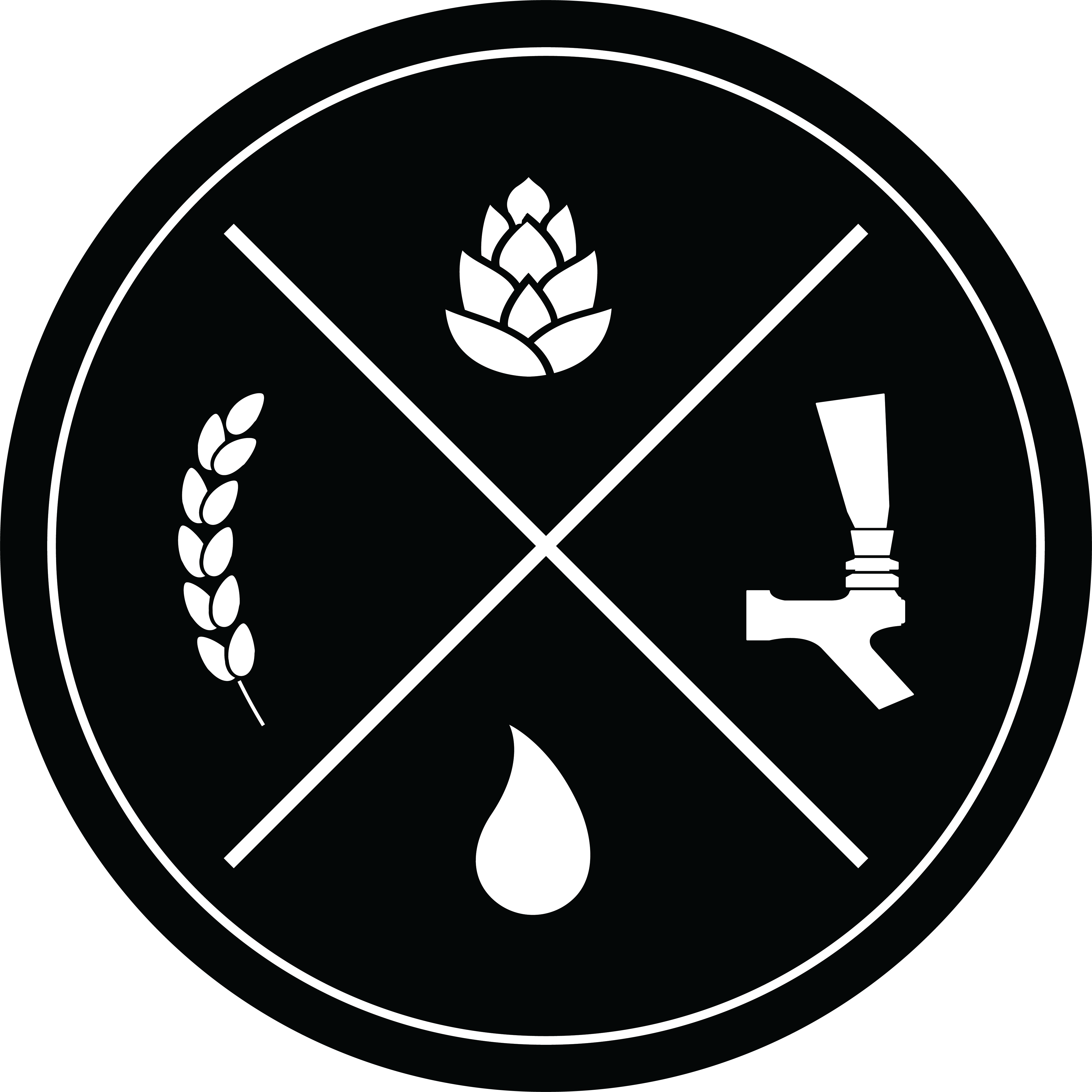Homebrewers love acronyms, but sometimes these timesaving abbreviations can overwhelm someone new to homebrewing or one looking to make changes in their homebrewing techniques. Two of these acronyms are RIMS and HERMS, which are made even more complicated because they are not completely clear even after you know their meaning! These two terms are closely related processes, so let’s tackle them together.

Featured Product

Spike+ Complete Brewing System – 10 Gallon
HERMS (Heat Exchanged Recirculating Mash System) brewing systems are becoming increasingly popular in the Homebrew community, and with so many choices out there, you want to be sure you’re purchasing the very best. That’s where the Homebrewers at Spike come in. They wanted to create a professional grade homebrew rig that is comprehensive to even the most novice homebrewer, and we have to say, they hit the mark.
$5,700.00
Order Now
RIMS is an acronym for “Recirculating Infusion Mash System” and HERMS is an acronym for “Heat Exchange Recirculating Mash System”. So now you completely understand, right? No? OK! No problem, I will explain further.
First let’s talk about the similarities.
Both systems:
- Recirculate wort using a pump
- Incorporate a heat source to heat wort.
- Continuously pull wort out of your mash tun and put it back in at a slightly warmer temperature so you maintain a constant temperature during your mash (with an exception noted under RIMS below.
So, what’s the difference?
- HERMS – Uses a HLT (hot liquor tank), which is normally another kettle with a coil inside that has an outlet and an inlet. You heat up the water in the HLT, have the wort flow out of the mash tun (fancy name for another kettle), into the coil in the HLT and then back into the mash tun (recirculating). This coil is sitting in a hot water bath inside the HLT and this warms the wort up before returning it to the mash tun. If you currently brew you have likely used a wort chiller. Think of this as a wort chiller in reverse. They function the same way except instead of putting the cooled wort into a fermenter you are returning heated wort back into the mash tun in a continuous recirculation.
- RIMS – Uses a heating element that comes directly in contact with the wort. You are bringing wort out of the mash tun, running it directly over a heating element and returning it to the mash tun (just as you do with a HERMS system).
- There is another way to create a RIMS system. You can apply direct heat to the bottom of your kettle and circulate your wort rapidly to keep it from scorching. This is how many of the the new “all in one” five-gallon semi-automated systems work. Examples would be the Grain Father, Anvil Foundry, and Robobrew
Basically, they do the same thing. First, let’s talk about the advantage they both hold over all grain brewing systems like a cooler type system. Then we can go over advantages and disadvantages between the RIMS and HERMS.
- Both systems do an excellent job of keeping your temperature consistent during a brew. This is important in-order to get the results you are looking for in a recipe. By having this consistency you will be able to make minor changes in mash temperature from batch to batch until you find the perfect mash temperature combinations for the recipe you are brewing (different temperatures effect different enzymes, which change the character of the beer, the two most important being the Beta-Amylase and Alpha-Amylase)
- Consistency from batch to batch is very high with these systems. Because they maintain temperature so well you are not as affected by ambient temperature. In a cooler system if the temperature in which your cooler is located changes from one batch to another the wort can have a different temperature range during the mash, even if you start the mash with the same temperature. With a circulating system you maintain the temperature consistently regardless of outside influences (within reason).
- Mash schedules or “step mashing” are possible with these systems. This is much more difficult to do with a cooler system. You can rest your mash at Beta and then raise it into Alpha in order to gain characteristics that both enzymes produce.
- Both systems are continuously passing wort through the grain bed, so they tend to produce a clearer wort and eventually a clearer beer.
- Many people find they also gain efficiency when switching to these systems.
So, which should you use? That is a great question and one that has been argued by many homebrewers. If you don’t believe me, look at the subject on forums and you will see pages and pages of arguments for and against both systems. What most people would probably agree on is that either is better than other systems available. They are the top tier brewing systems. They both work great, but RIMS systems carry the risk of scorching the grain if your pump slows down or stops completely (stuck mash or pump failure). The RIMS system may be a little more effective in step mashing as you can normally change temperature a little faster, but both can be used for step mashing.
The only real “disadvantage” of these systems is that they are expensive! A cooler system is much more affordable and will still give you a great batch of beer. A great example of this system would be the Cooler Brew All Grain Brewing System. For those that can afford them, RIMS and HERMS systems are hard to beat. I hope this explanation was helpful!

